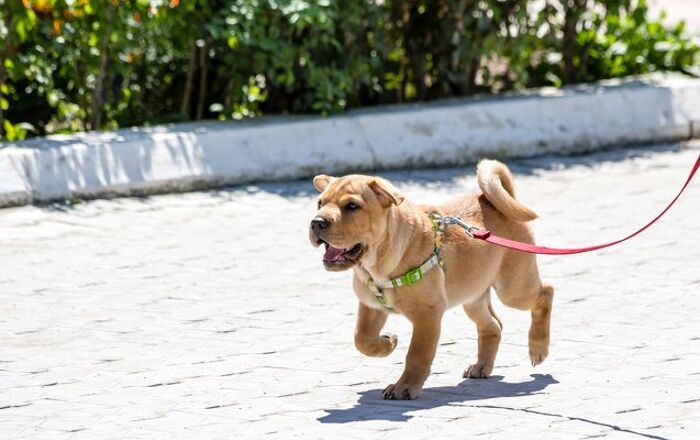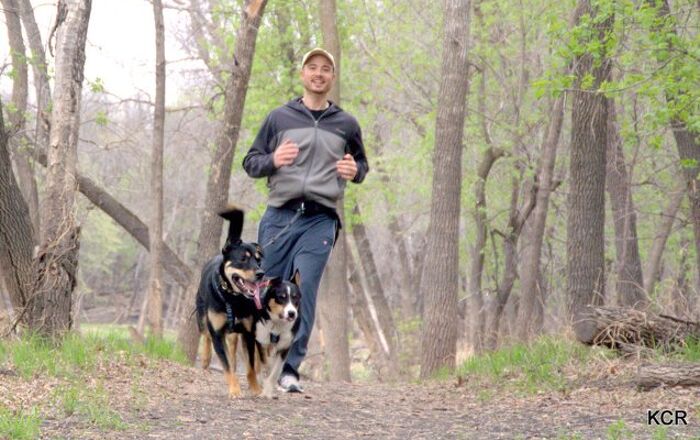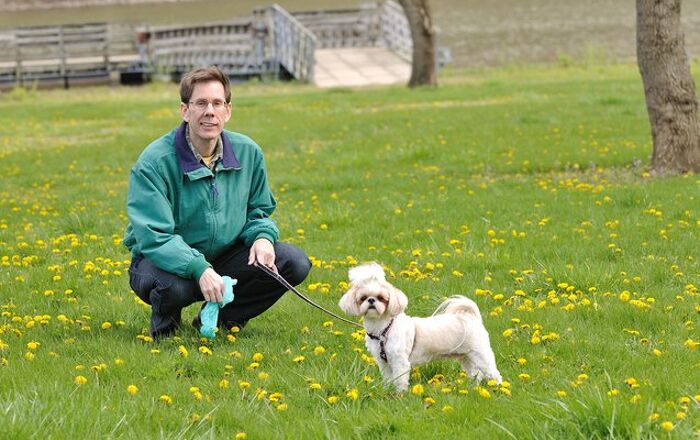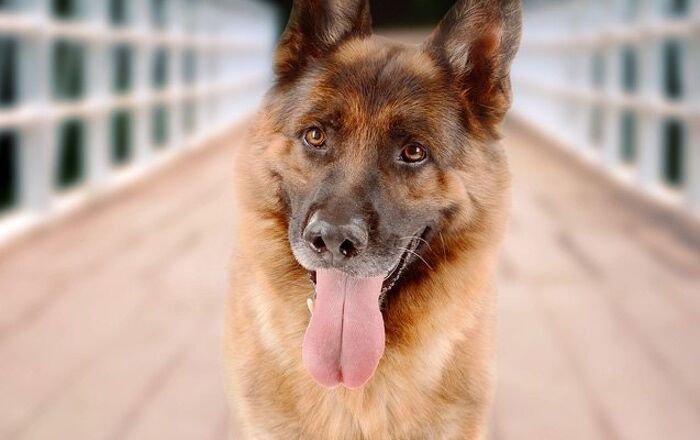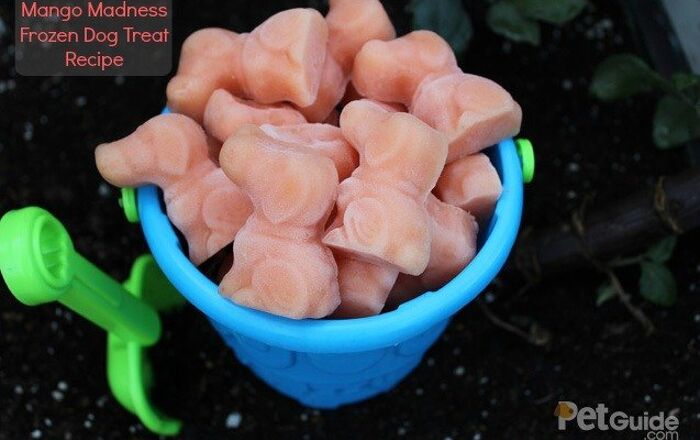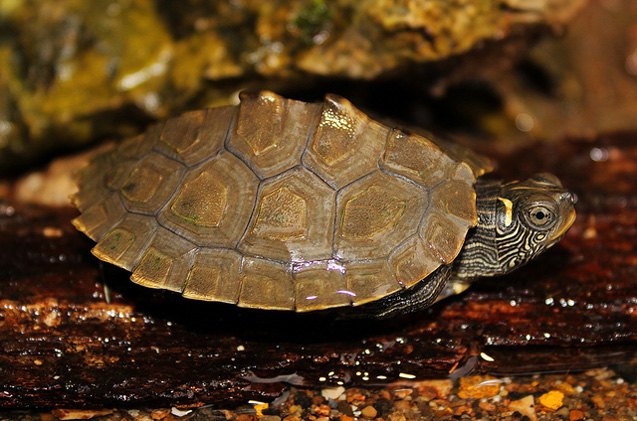
Mississippi Map Turtle General Info
The Mississippi Map Turtle is one of 13 Map Turtle species, and it is a subspecies of the False Map Turtle. It is sometimes referred to as the “sawback turtle” because of its unique carapace, which has a ridge running down the center.
Although these turtles are beautiful to look at, they can be difficult to keep as pets, especially because they can get stressed easily and they have a nervous temperament. Their water also needs to be kept as clean as possible, and they need a large enclosure, so they may not be the best choice for beginner turtle owners.
Although the Mississippi Map Turtle is beautiful to look at, it can be difficult to keep as a pet.
Native Habitat
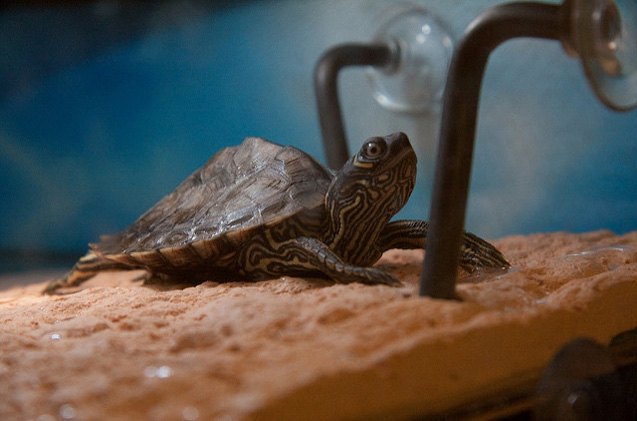
Despite their name, Mississippi Map Turtles aren’t native to Mississippi. Instead, they get their name from their habitat in the Mississippi River, which can be found in 10 states from Louisiana to Minnesota. You can see these turtles living in the wild in the Mississippi Valley, which extends from Nebraska to Illinois, as well as down into Mississippi and to Texas. They prefer lakes, large streams, and rivers that provide them with plenty of vegetation.
Overall Description
All Map Turtles, including the Mississippi Map Turtle, get their name from the various markings and lines that are found on their carapace. These markings look a lot like the lines that are found on a map. Mississippi Map Turtles will also have a ridge of knobs that are black-tipped along their spine. The rear of the carapace will showcase a jagged edge as well.
There are a few ways to distinguish a male from a female turtle of this breed. The female Mississippi Map Turtle will be larger than her male counterpart, as she will grow to be 6-10” while males will only reach 3½-5”. Females will appear bulkier, while males will be leaner like juveniles. Also, a female’s tail will be smaller than a male’s tale, and a male’s tail will have a thicker base. Plus, a male turtle will have nails on his forelegs that are a bit longer than those on a female.
One of several notable features of the Mississippi Map Turtle is the head. You will notice that there is a curved line behind and under each eye on the side of the turtle’s head. There is also a line that runs down the center of this turtle’s head, between the two curved lines. Also, this turtle’s pupils will be round and bright, and there usually will not be a bar across the pupils.
The Mississippi Map Turtle is sometimes referred to as the “sawback turtle” because of its unique carapace.
Colors
The carapace of a Mississippi Map Turtle will usually be anywhere from a brown color to an olive color. You will easily note the patterns of orange to yellow colored semi-circles on the scutes. The pattern on the shell will be more obvious when the turtle is young, and it will fade as the turtle grows.
This turtle’s plastron will be yellowish to tan in color, and it will feature brown lines that look a lot like wood grain along the edges of the scutes. Like the patterns on the carapace, these will also fade and be less obvious as the turtle ages.
Environment
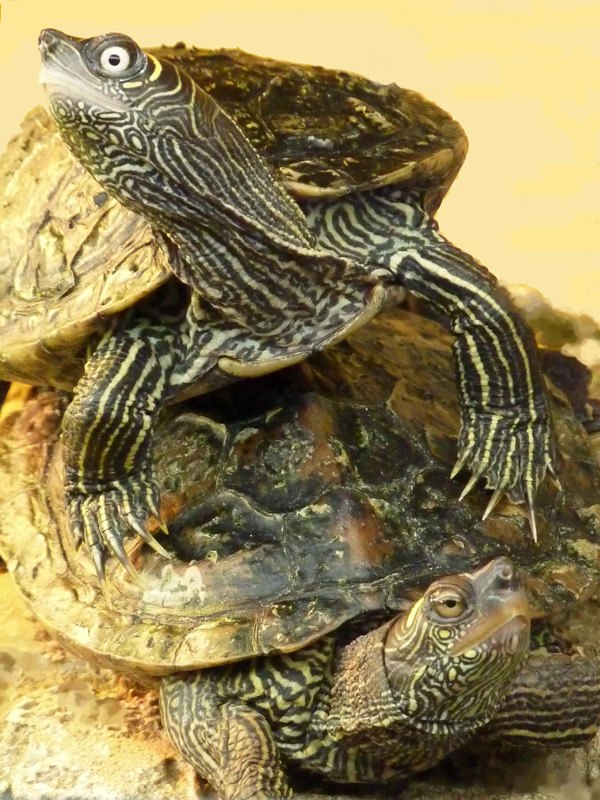
To keep the Mississippi Mud Turtle happy and healthy, you will need to use a high quality water filter to keep the freshwater as clean as possible. The water temperature should also be maintained with the use of a high quality water heater. Set the temperature anywhere from the low to mid 70s Fahrenheit for adults, but if you have hatchlings, the water temperature should be around 80°F.
In addition to providing enough water for your turtle to swim in, you also need to give him a basking area where he can totally come out of the water and dry off. The basking temperature needs to be anywhere from the high 80s to low 90s Fahrenheit, while the air temperature can be set to anywhere from the low to mid 80s Fahrenheit.
Indoor turtle enclosures will also require UVB lighting that can be on for 12 hours every day all year. If you are housing your turtle outside during the warmer months of the year, be sure to bring your pet inside when the temperature drops. These turtles will become lethargic and fail to eat right, as well as begin to go into hibernation, when the temperature dips below 60°F.
A male will need an enclosure that’s anywhere from 75-90 gallons, but a female that’s 10” will need a minimum of 125 gallons. The water should be deep enough that your turtle can swim vertically and horizontally. And if you use substrate, river rocks are a good choice.
The Mississippi Map Turtle is nervous and skittish that will get stressed out easily.
Care Requirements
The Mississippi Map Turtle is an omnivorous breed that will eat while swimming.
These animals like consuming live foods, including earthworms, mealworms, fish, and crickets, but they will also enjoy eating vegetables that have been put in their water. Good choices include leafy greens, such as parsley, dandelion greens, and romaine lettuce.
You can also feed your pet a high quality commercial diet designed for turtles to ensure all of his nutritional requirements will be met. Treats can include freeze-dried shrimp and chopped apples.
Behavior
These nervous and skittish turtles will get stressed out easily, so they should only be handled when it is absolutely necessary. When frightened, these turtles will escape into the water. However, they are a good choice for a community tank in which they will love with other turtles.
Photo credit: Ventus55/Wikimedia; Peter Paplanus/Flickr; Scott Penner/Flickr





